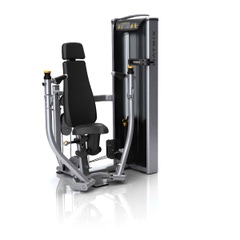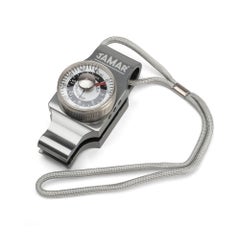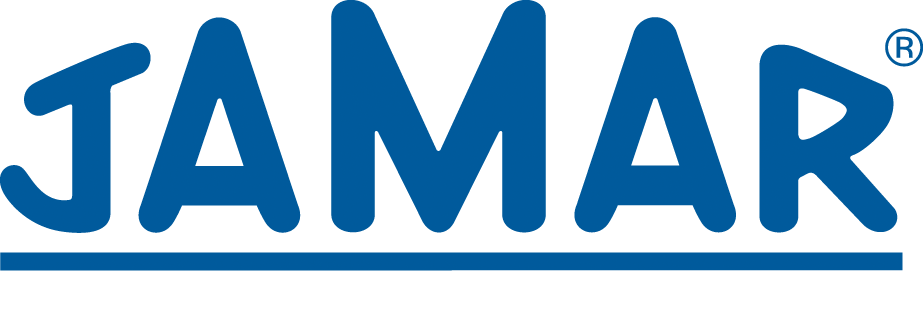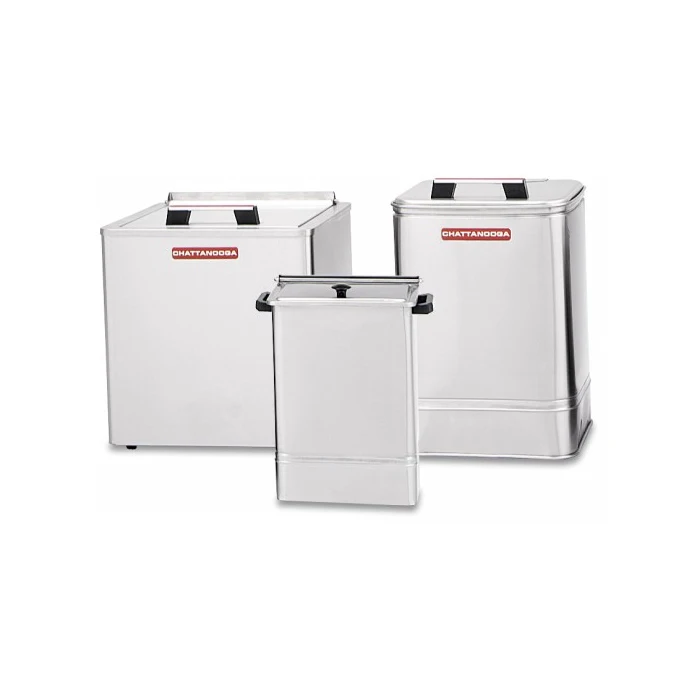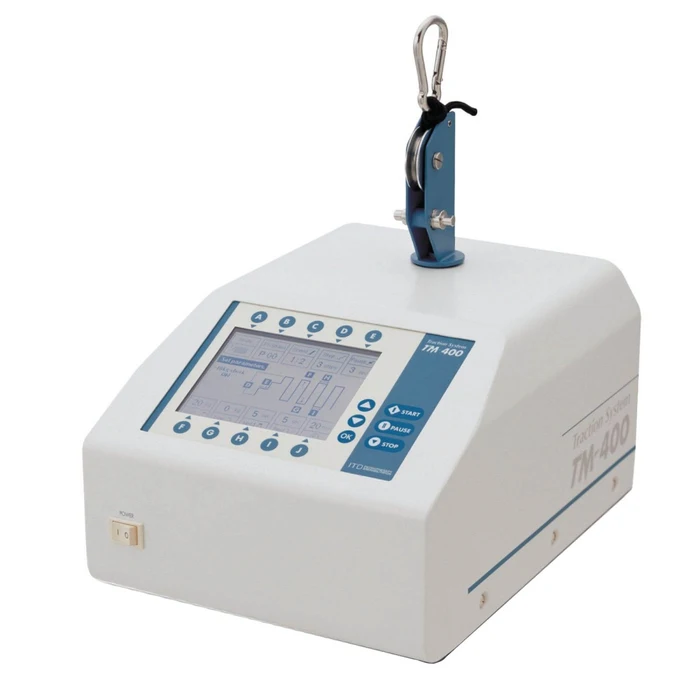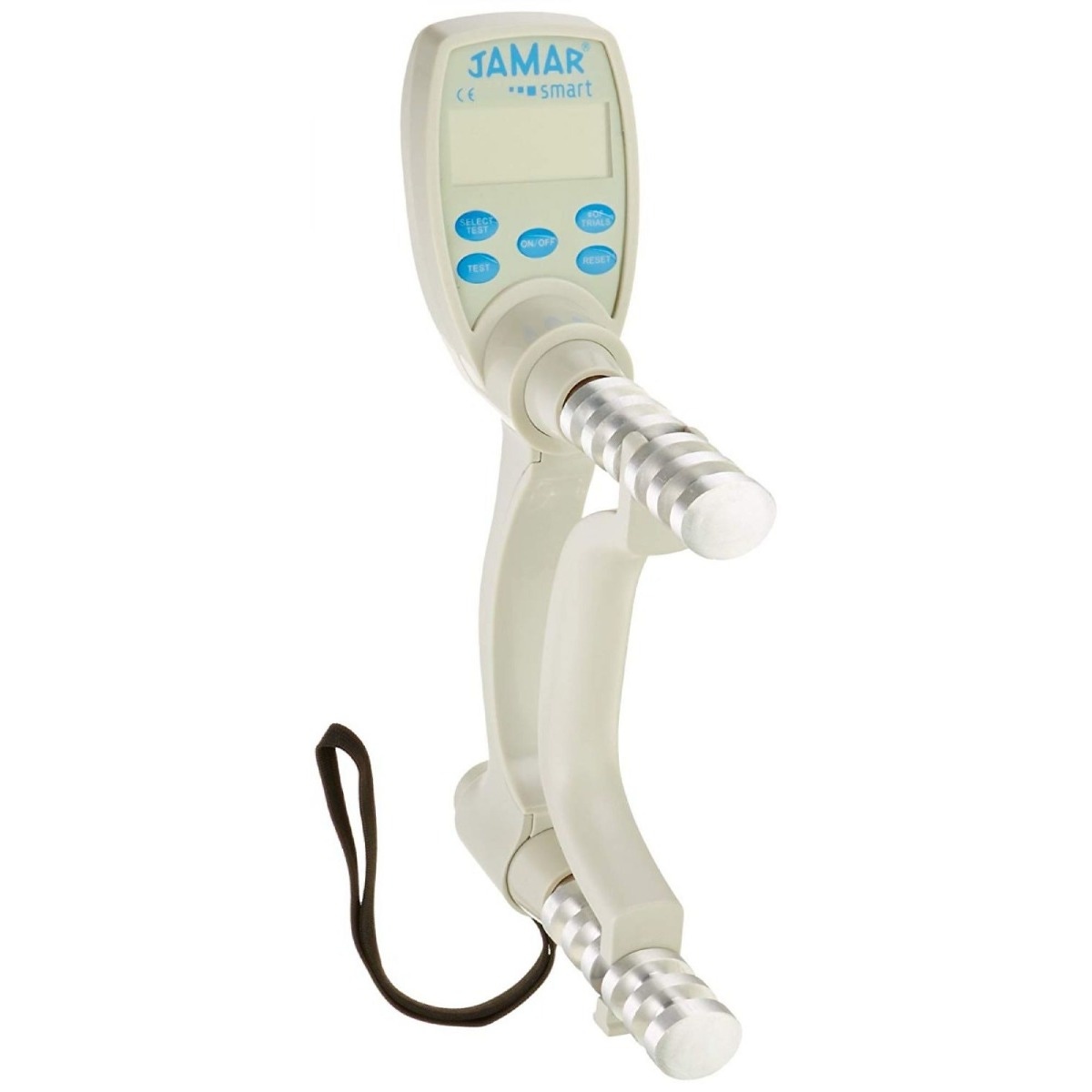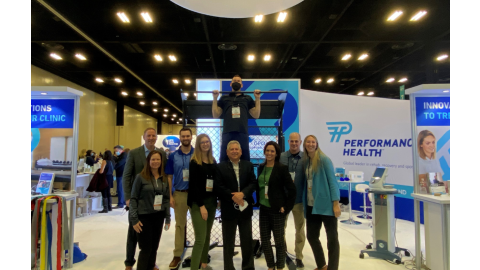As a clinician, it’s important to ensure your medical equipment is in full working order and maintained through regular medical device testing and calibration. Used for monitoring and treatment of patients, this equipment requires periodic safety and performance testing to check for accuracy and precision. With accurate measurements, medical professionals can better diagnose diseases, monitor patients, and deliver treatments.
Key Takeaways
Equipment calibration maintains the integrity and safety of your clinic equipment.
Keeping a consistent calibration schedule reduces the potential for errors.
The Equipment Solutions’ Field Service team at Performance Health is made up of certified technicians that specialize in rehabilitation equipment.
Table of Contents
Equipment Calibration: Definition & Standards
What Equipment Requires Annual Calibration?
When Should You Have Equipment Calibrated?
Equipment Solutions & Field Services with Performance Health
Recap
Top Products in This Article
Equipment Calibration: Definition & Standards
Equipment calibration is the setting or correcting of a measuring device by adjusting it to match or conform to a dependably known and unvarying measure.3 With repeated use, and over a period of time, all equipment degrades, which affects accuracy and precision. Performing calibration on a routine basis will help maintain accuracy, producing results within the specified value and reducing the potential for errors.
Title 21 of the FDA's Code of Federal Regulations defines the calibration requirements for equipment. Manufacturers must inspect, measure, and test equipment to ensure that it is suitable for its intended use and that it is capable of providing valid results. Read below for the full equipment calibration requirements outlined by the FDA.
Control of Inspection, Measuring, and Test Equipment. Each manufacturer shall ensure that all inspection, measuring, and test equipment, including mechanical, automated, or electronic inspection and test equipment, is suitable for its intended purposes and is capable of producing valid results. Each manufacturer shall establish and maintain procedures to ensure that equipment is routinely calibrated, inspected, checked, and maintained. The procedures shall include provisions for handling, preservation, and storage of equipment, so that its accuracy and fitness for use are maintained. These activities shall be documented.2
Calibration. Calibration procedures shall include specific directions and limits for accuracy and precision. When accuracy and precision limits are not met, there shall be provisions for remedial action to reestablish the limits and to evaluate whether there was any adverse effect on the device's quality. These activities shall be documented.2
Calibration Standards. Calibration standards used for inspection, measuring, and test equipment shall be traceable to national or international standards. If national or international standards are not practical or available, the manufacturer shall use an independent reproducible standard. If no applicable standard exists, the manufacturer shall establish and maintain an in-house standard.2
Calibration Records. The equipment identification, calibration dates, the individual performing each calibration, and the next calibration date shall be documented. These records shall be displayed on or near each piece of equipment or shall be readily available to the personnel using such equipment and to the individuals responsible for calibrating the equipment.2
As a medical professional, you have a responsibility to your patients to ensure your medical equipment is safe, accurate, and reliable at the point of use. Calibration is done to ensure that the item is functioning properly and the results or readings it provides are accurate. Individuals completing calibration need to be trained and are required to document the process to ensure any mistakes can be traced back to the source.
What Equipment Requires Annual Calibration?
Most certifying agencies and state regulations require annual safety checks and calibrations for all equipment to maintain patient safety and consistent therapy. Most manufacturers also require calibration once a year to maintain their warranties.
The following medical equipment requires annual calibration:
When Should You Have Equipment Calibrated?
It is standard procedure to calibrate medical equipment upon purchase and on an annual re-calibration basis. If your application demands a shorter period between calibrations, it’s often recommended to set up an ‘automatic re-call’ procedure with a qualified laboratory technician.
Equipment calibration is often recommended on one of these four schedules:
Manufacturer Recommended Frequency: Medical equipment includes manufacturers’ recommendations responding to calibration frequency. For instance, equipment that is used to perform critical measurements may require different intervals.3
Before Each Use: Select measuring instruments and equipment required in advance and have them calibrated before the testing begins to improve accuracy.3
After Each Use: Send your measuring instruments after each use to keep them ready for future use. This also proves to be helpful as it allows you to confirm the accuracy of your results.3
Pre-Determined Time Intervals: If you use certain equipment for critical measurements often, it is recommended to have shorter time span between calibrations. However, if you carry out a mix of critical and non-critical measurements, you can choose to calibrate your equipment annually or bi-annually.
Equipment Solutions & Field Services with Performance Health
Our Equipment Solutions’ Field Service Team is made up of certified technicians that specialize in physical therapy and rehabilitation equipment, so you can rest assured your annual calibrations meet FDA standards every time. Plus, they offer more than just calibration services – they also offer equipment repair services, equipment installation, and consolidated delivery.
Recap
Keeping track of equipment calibration will ensure you’re not falling behind and risking FDA non-compliance. Equipment that is out of calibration may not deliver accurate results, allowing the risk of potential error in diagnoses and treatments. With standard use, your equipment can lose its calibration causing the device output to become inconsistent. It is important to make certain that all inspection, measuring, and test equipment, including mechanical, automated, or electronic inspection and test equipment, is suitable for its intended purposes and is capable of producing valid results. If you haven’t already set up a calibration schedule, consider doing so or sticking to the manufacturer’s recommendations to keep all your medical equipment running smoothly!
References
- (2018, July 1). Guide to FDA Requirements and Importance of Medical Device Calibration. Medical Design Briefs. Retrieved from https://bit.ly/3OKLOcB
- (2023, June 7). CFR - Code of Federal Regulations Title 21. U.S. Department of Health & Human Services. Retrieved from https://bit.ly/3E28Ab4
- (2018, March 31). How Often Does Bio-Medical Equipment Need to Be Calibrated? Stat Bio-Medical Sales & Service. Retrieved from https://bit.ly/3E753Im
Medical Disclaimer: The information provided on this site, including text, graphics, images, and other material are for informational purposes only and are not intended to substitute for professional medical advice, diagnosis, or treatment. Always seek the advice of your physician or other healthcare professional with any questions or concerns you may have regarding your condition.








 France
France Australia
Australia


